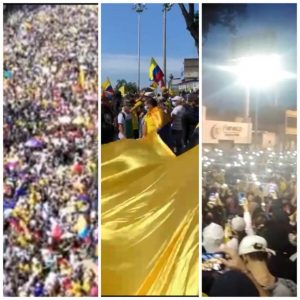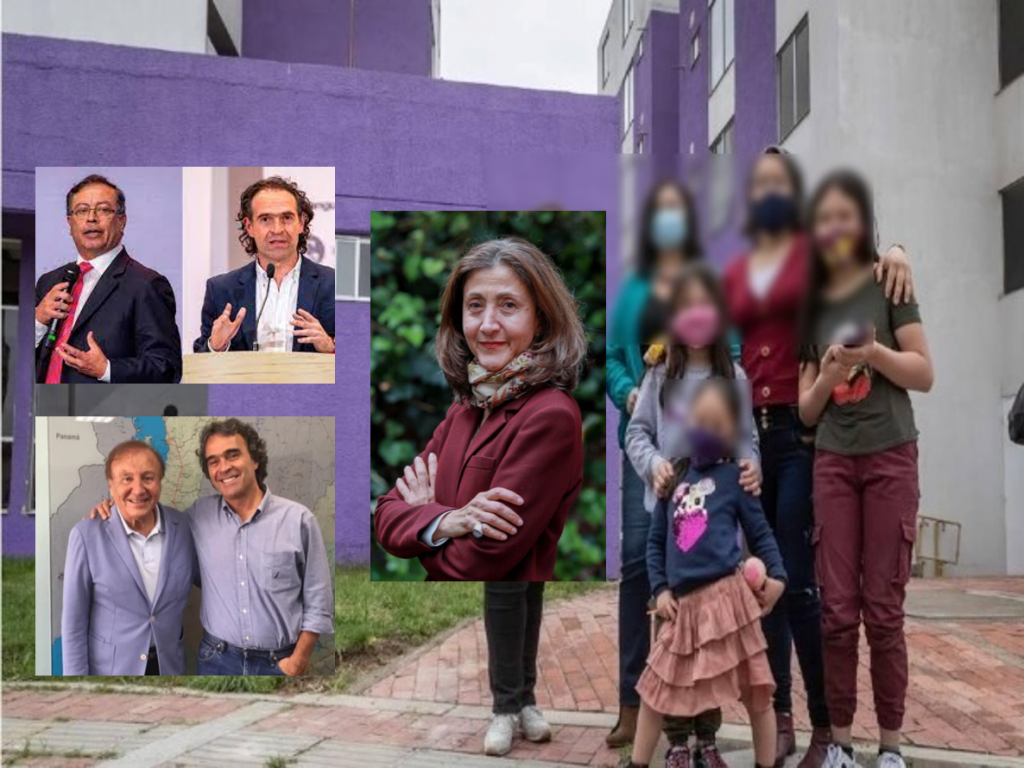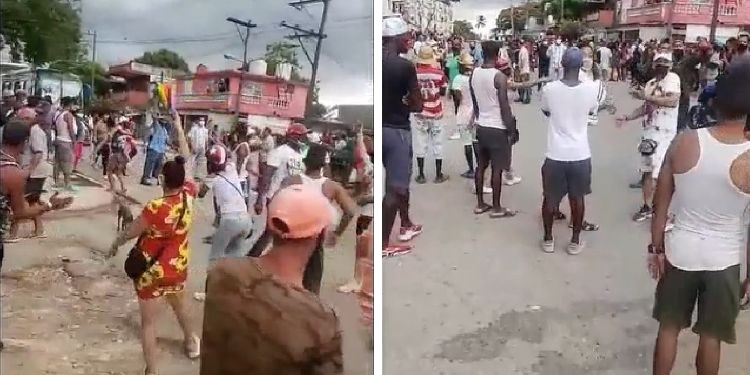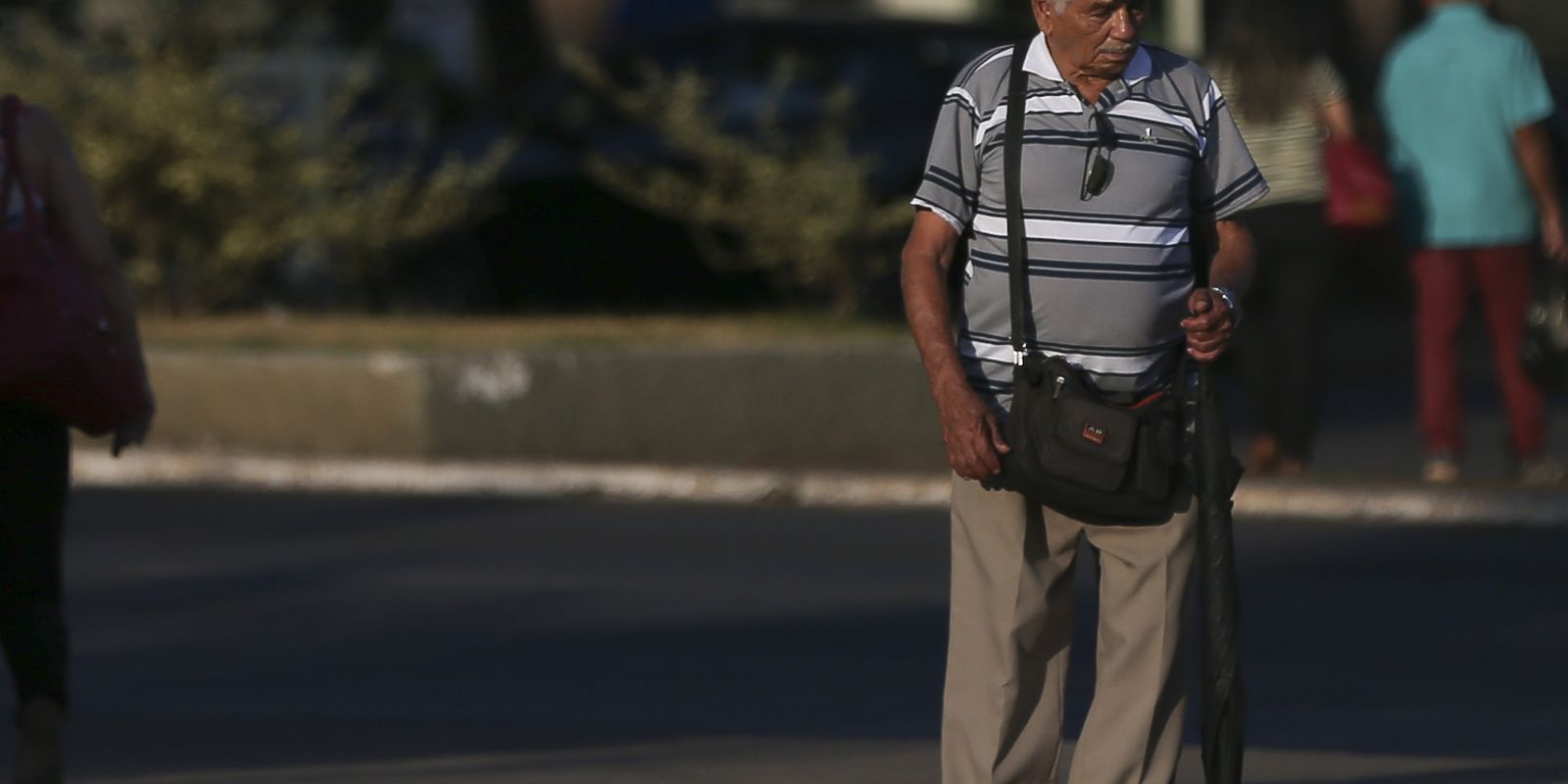From consignment of economic resources, scholarships, libraries, recreation, tourism, housing, credits, support for the elderly and people with disabilities, to other different services.
Colombia News.
Throughout history and social processes, the different rulers who have passed through the House of Nariño have had in their plans and/or projects the creation of subsidies or provision of different aid, this being one of the main resources to mitigate the poverty.
Within this range, consignment of economic resources, education, training, libraries, recreation, tourism, housing, credit, support for the elderly and people with disabilities have been highlighted; and service subsidies.
As well as food, clothing, scholarships, school texts, medicines and others, if we talk about subsidies in kind.
current presidency
During the mandate of the current president Iván Duque and in the midst of the health emergency triggered by the Covid-19 pandemic, financial support was increased.
The main objective was to cushion the crisis that was taking place at that time.
Subsidies that remain:
- Colombia Mayor: for elderly people who are in a condition of vulnerability or extreme poverty. The economic aid grants 80,000 pesos per month.
- Jovenes en Acción: This subsidy is delivered to young people who are in a condition of poverty and vulnerability.
A help that is provided so that they can continue with their technical, technological and professional studies. They consign between $400,000 to 600,000.
- Unemployment subsidy: For people who are unemployed and who have contributed to a compensation fund.
This year registrations were opened to apply, beneficiaries will receive an economic transfer of two minimum wages in a margin of three months, that is, $ 2 million.
- Families in Action: Economic incentive so that children and adolescents under the age of 18 belonging to vulnerable families can study and enjoy health services.
- Family subsidy: Social benefit paid to workers by compensation funds in proportion to the number of people in their charge.
- For housing: State contribution in money to facilitate the acquisition of own housing. It can be granted by compensation funds or by the Government, through programs such as Mi Casa Ya.
money payments
- Concurrent subsidy: Integration of the aid for home purchase of the Mi Casa Ya program and the benefits granted by the Family Compensation Funds for households that earn up to 2 SMMLV.
- Solidarity Income: It emerged during the COVID-19 pandemic, as an aid for Colombian families in poverty, extreme poverty and economic vulnerability.
- VAT refund: They received a compensation for the VAT expense, to improve their consumption capacity.
This was done during the most critical months of the pandemic, it is not clear if it will continue.
All these subsidies and grants have been the center of discussion and debate in the running of the presidential candidates.
Many have proposed changes or the creation of assistance for Colombian households.
On housing issues
The candidates have assured in different debates that their bet is related to maintaining and even increasing housing subsidies.
In an article published in Portfolio on April 20, some of their proposals are highlighted.
“I bought the apartment in Cali with the prize money” Nobel Prize for Environment, Francia Márquez
Gustavo Petro, for example, in terms of urban construction, has ensured that he seeks to dignify housing, placing women as pioneers.
“Among its proposals, the massification of the title (deed) stands out as a guarantee of the right to housing, in addition, access to buy a home in the medium term and “the legal recognition of the buildings, to recognize the effort made by the families in self-managing housing”, specified the media.
However, Petro “does not speak of specific subsidies, but he does mention their importance and the fundamental role when it comes to acquiring housing for Colombians.”
MiCasa Ya, could be strengthened
Same idea that has been shared with Sergio Fajardo, who expresses that his commitment is in the “process of digitalization of registration, cadastre and notarial services, in addition to promoting Proptech in the country.”
Adding that the Green Alliance candidate has among his plans and proposals to continue with the MiCasaYa subsidy.
- “In its four-year plan, it hopes to provide 80,000 subsidies and rate coverage through it. In addition, it hopes to provide 50,000 rental subsidies in the country”.
For his part, Federico Gutiérrez has continued to highlight “the importance of access to housing for young people, in which he would work”. Ensuring “that he would support 200,000 homes with a rental subsidy.”
As for the former mayor of Bucaramanga, Rodolfo Hernández, his idea is to create new “incentives for savings and investment in new housing.”
In addition, “review subsidy programs for housing improvement, social infrastructure and habitat in order to” optimize the resources “of the Government.”
The “social assistance” of Federico Gutiérrez, Íngrid Betancourt and Fajardo
In one of the regional debates held in the midst of the race to reach the House of Nariño on August 7, candidates like Gutiérrez, Betancourt and Fajardo gave small details of their proposals with some subsidies for the most vulnerable Colombians.
- Federico Gutiérrez: increase in solidarity income from 3 to 5 million families. “We have to support the family in food security, but also in training for households.”
- Íngrid Betancourt: “I ask that we unify the subsidies. That Colombians can access basic income only with the ID. We must distribute this income with 15% of the population. We must reach the 7 million Colombians who do not have the resources to access food to survive.”
- Sergio Fajardo: Economic support of $500,000 per month for adults over 65 years of age who do not have a pension. “It is a big leap compared to what is received today with the Colombia Mayor program. We have calculated that it can be done through a tax reform in which we hope to obtain $33 billion.”
Poverty, the dilemma
While the candidate of the Historical Pact, Gustavo Petro, in another debate organized by Revista Semana and El Tiempo in March, stated his intention to create a $500,000 monthly subsidy.
Which would go “to almost 6 million women heads of households and older adults without a pension.”
- “In Colombia there are no subsidies, there are alms, it is different; alms keep the person in poverty, that’s why they are 160,000, 70,000 for young people, 90,000 pesos for old people. It is keeping a person in poverty because the poverty line, according to Dane, is 350,000 pesos”.
And Petro added that:
- “It is necessary to locate which is the beneficiary population group of this type of transfer. In Families in Action and in general throughout society, 500,000 pesos to mothers who are heads of households and in the other part of society (the old and the old without pensioners), 3 million people”, he said in the debate.
Subsidies offered by Petro and Gutiérrez for young people
These two are the candidates who have possibly spoken out the most on the issue, assuring in their speeches that young people are one of the most important pillars in the midst of their political agendas, proposals and programmatic agreements.
As will be remembered, it was the youth who took to the streets in the midst of the social explosion, asking for a fairer country, employment and opportunities.

For this reason, based on these factors, last Wednesday, May 4, Semana Magazine compiled several of the proposals, aid, incentives and subsidies that these two candidates seek to maintain, create or apply for this population in the national territory.
Gustav Petro:
- Public, free and quality education: strengthening schools, SENA and universities; but also “historically raising the public budget for the entire educational system” and where “Icetex will specialize in financing undergraduate and postgraduate studies abroad with social loans.”
- First guaranteed job with internships and voluntary social service: “In all areas of knowledge, care and protection of nature as a professional experience and path to work.”
- Democratization of credit: “Access to cheap public credit for young men and women (…) with the focus of encouraging the construction of digital and cultural companies,” the magazine collects.
Federico Gutierrez:
- New quotas for the Matrícula Cero program for strata 1, 2 and 3: 1 million for the most vulnerable population.
- Expansion of Generation E (existing program): scholarships and incentives for 400,000 higher education students.
- Triple coverage of Jovenes en Acción, “reaching 1.2 million beneficiaries, mainly high school graduates and women in vulnerable conditions.”
- Maintain the youth employability subsidy of 25% of a minimum wage.
- Reinvigorate youth housing subsidies for people between 18 and 28 years of age.
Also read:
Many of these proposals indicate citizens, it would have to adjust more to the social reality of the regions.
You are also interested in:








